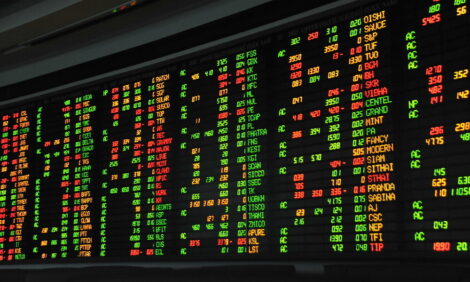



Deforestation in Brazil's Cerrado rises 3% in 2022/23
Cerrado is the world's most species-rich savannaDeforestation in Brazil's Cerrado, the world's most species-rich savanna, rose 3% from August 2022 to July 2023 to 11,022 square kilometers (4,255.6 square miles), Reuters reported, citing data from the country's space research agency INPE.
The area deforested in 12 months is the largest since 2015, the environment ministry said.
It said 75% of the deforestation took place in the savanna of the states of Maranhao, Tocantins, Piaui and Bahia, a region known as Matopiba where soybean planting has surged in recent years.
The Cerrado biome has given way to Brazil's expanding agricultural frontier for decades. Roughly half of the savanna's vegetation has already been destroyed, with much of it converted to farms and ranches.
Deforestation in the Cerrado had already risen to a seven-year high last year, according to government data, destroying a vital habitat for threatened species and releasing huge amounts of greenhouse gases that drive climate change.
The Cerrado takes up a quarter of Brazil's territory and neighbors the Amazon rainforest, stretching across several Brazilian states.
It is often likened to an upside-down forest because its plants sink roots deep into the ground and is a major bulwark against climate change due to the carbon it absorbs.
But deforestation rose last year to the highest level since 2015, leading scientists to raise the alarm. The rate of destruction is particularly concerning, the scientists say, when considering that roughly half of the Cerrado has been destroyed since the 1970s, mostly for farming and ranching.
The rolling hills of the savanna have been cleared of Cerrado vegetation to allow for vast plantation of soy managed by combine harvesters and tractors that spray crops with pesticides.
Under Brazilian forestry law, Cerrado properties must conserve at least 20% of their first growth vegetation, a percentage that rise to 80% in the Amazon.



